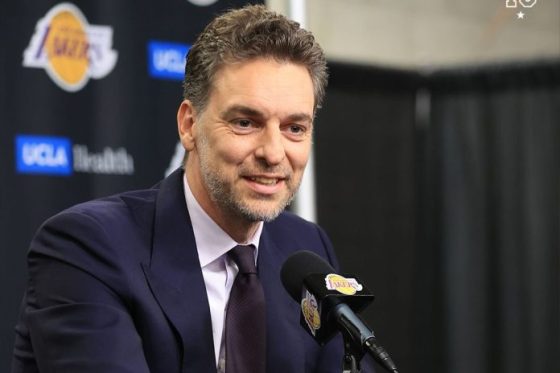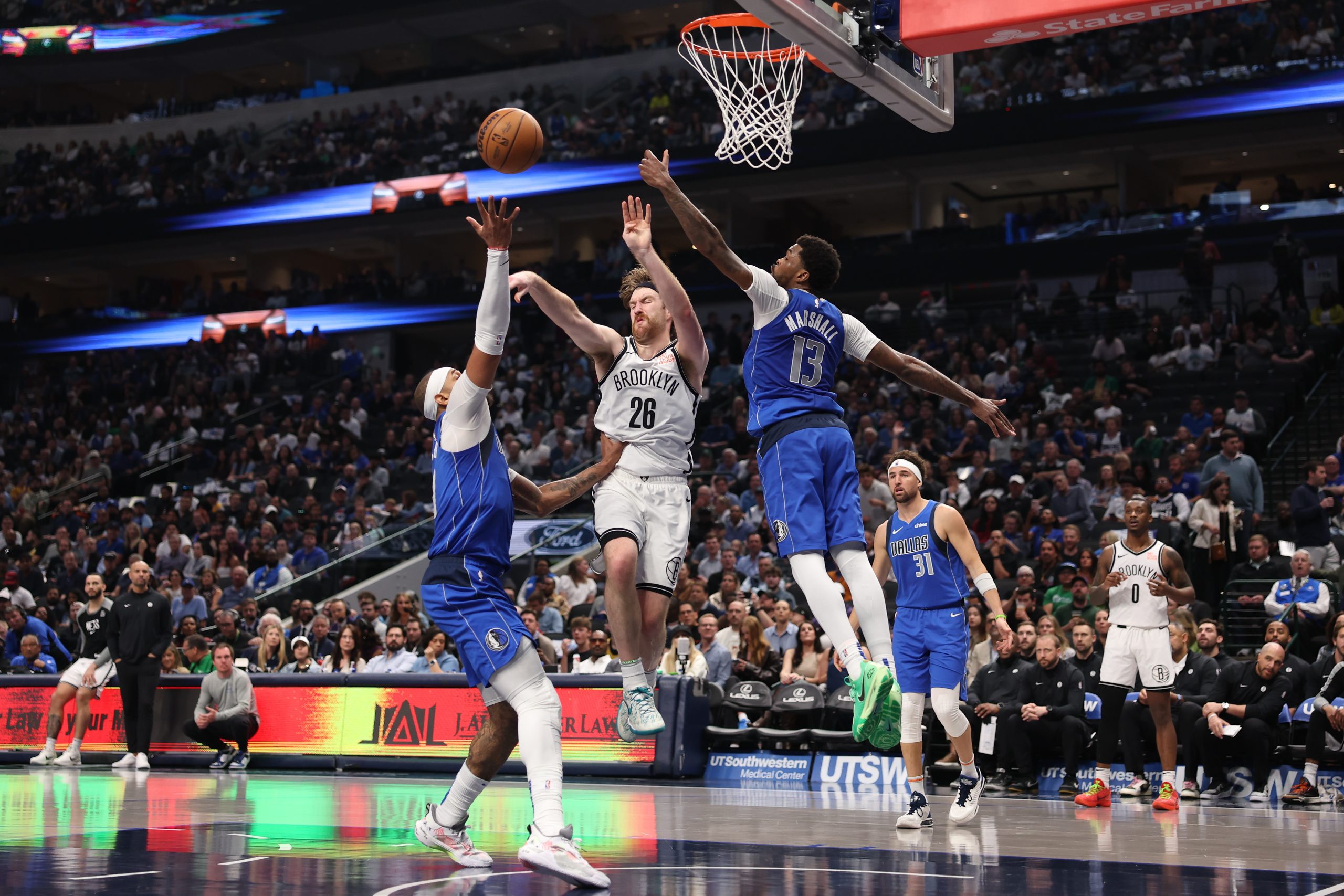The Celtics stood in a familiar place from one a year ago. They were the top team in the East and in the league and shot better than any rival through their 5-0 start.
The Celtics have generated quality shots, carved out an offensive rebounding niche and kept their turnovers relatively low. A high three-point volume as a percentage of their total field goal attempts and efficiency (38.9%) had driven their No. 1 offense. Only the Clippers matched Boston’s 59 eFG% through Monday. Slippage in shooting and other areas dropped them to No. 6 in offense (117.1), with 46.3% of their shots coming from deep.
Joe Mazzulla recognized the familiar run and stressed repeating habits that created it.
“You try to find small ways to reinvent them so they seem new and fun,” he said earlier this month. “At the same time, understand that when we’re at our best, we have to do these particular things. It’s early. We’ll go through a phase in the season where it’s a little bit stale and we’ll have to fight like hell to get out of it. That’s how the season works and it’s more about how quickly can we get out of those small moments and get back to what makes us really good.”
The Timberwolves’ No. 1 defense took a bite out of Boston’s offensive surge by holding them to 39.1% shooting, 28.2% from three and forcing 18 turnovers. Then, Philadelphia did the same (39.6% FG, 31.9% 3PT, 12 TO). Those losses knocked the Celtics into a tie for ninth in shooting (55.5 eFG%) and 14th in turnover rate (14.0%). They also highlighted the areas where the Celtics became reliant on for scoring early — the three, transition plays and an increasing number of post-ups and isolations.
Boston rose to running the fourth-most isolation plays (10.1) per game from ninth (8.8) last season, while shifting to a massive increase in their post-up frequency, utilizing it on 8.1 possessions each night (3rd) compared to 3.1 (24th). The Celtics’ two losses dropped their ISO efficiency from 1.25 points per possession to 1.01 PPP (T-8th), still a marked improvement over last year (0.91 PPP, 16th), indicative of how they’re attacking mismatches, but also reflecting a stagnant effort on Monday in particular. The Wolves outscored the Celtics by 5.5 points per 100 possessions in crunch time and held Boston’s offense to 89.5 points per 100.
“We spaced (Rudy) Gobert a little bit and they went to the hedge with (Mike) Conley,” Mazzulla noticed on Monday. “We were running our offense a little bit further than we would like to. I think their activity and their ability not to get screened slowed our offense down. [Anthony] Edwards was in foul trouble and we tried to isolate him and I thought he did a good job defending us … they had high, active hands … their overall pressure bothered us on the offensive end.”
The game slowing down late also cut down the Celtics’ transition success that drove a significant part of the team’s early offensive success. Boston fell to eighth with 21.3 transition runs per game after Minnesota, scoring a staggering 1.21 PPP (7th) on them while shooting 55.5%. The Wolves and Sixers held the Celtics off the offensive glass, an area Boston dominated (32.6 OREB%, 3rd) until those games (26.1 OREB% last two, 22nd).
In the half court — creating 99.5 points per 100 plays (10th) — they’re down sharply from their 103.4 points per 100 in 22-23. The Celtics spent more time in the half court (78.8% of plays), perhaps part to blame as they seek answers to past problems with new personnel. They haven’t utilized the passing game to do so, though.
This week, Boston fell to 29th in total passes and 25th in assists (23.7 per game), long a staple for the Celtics’ flexible offense (18th in passes, 7th in assists in 2023). Matchup-hunting likely drove that dip, and it led to moments of enormous success through seven games. Boston ranks eighth with 118.1 points per 100 possessions when removing garbage time on Cleaning the Glass. That, too, slid from the top-five before recent losses.
That status also included blowout wins over the Wizards and Pacers, outliers in the small sample size. Derrick White’s absence for two games pulled in the other direction, eliminating the five-out starting lineup that scored 125.9 points per 100 in their first 72 minutes together (+37.3).
Isolation play often carries a negative connotation and Mazzulla admitted the team was seeking a balance between making an extra pass and aggressively attacking a mismatch in front of them. White’s absence on Monday allowed an opponent to effectively hedge away from bench players like Sam Hauser, Lamar Stevens and others to produce extra pressure against Kristaps Porzingis, Jaylen Brown and Jayson Tatum.
That forced them to make the extra pass they didn’t need last week. It’s the first wake-up call for this group, and a reminder that effortless offensive execution last fall faded into inconsistency by the spring. It’s early and Brooklyn and Toronto provide opportunities to reset after two difficult, defensively-sound opponents exposed some Celtics weaknesses.
Last year, it took much longer into December to begin seeing this group grow stagnant on offense. Monday’s loss looked like some of the scarier moments last year — only one loss, but a reminder that new personnel alone won’t solve connectivity issues. They can, however, create new challenges.
“We’ve played a certain type of way the past couple years,” Brown mentioned in Philadelphia. “We’ve switched up our play style, we’ve had a lot more empty corners, empty-side actions because that’s where our offense is headed. That’s familiarity, we’re used to being in the corner, but we’ve had those corners clear to take away the over-help. It’s been a newer offensive system, play-style adjustment, so that was maybe familiarity from how we played before.”






